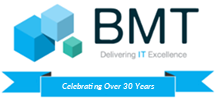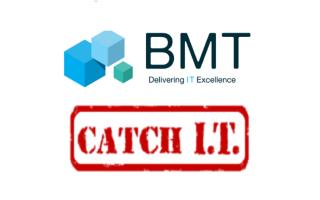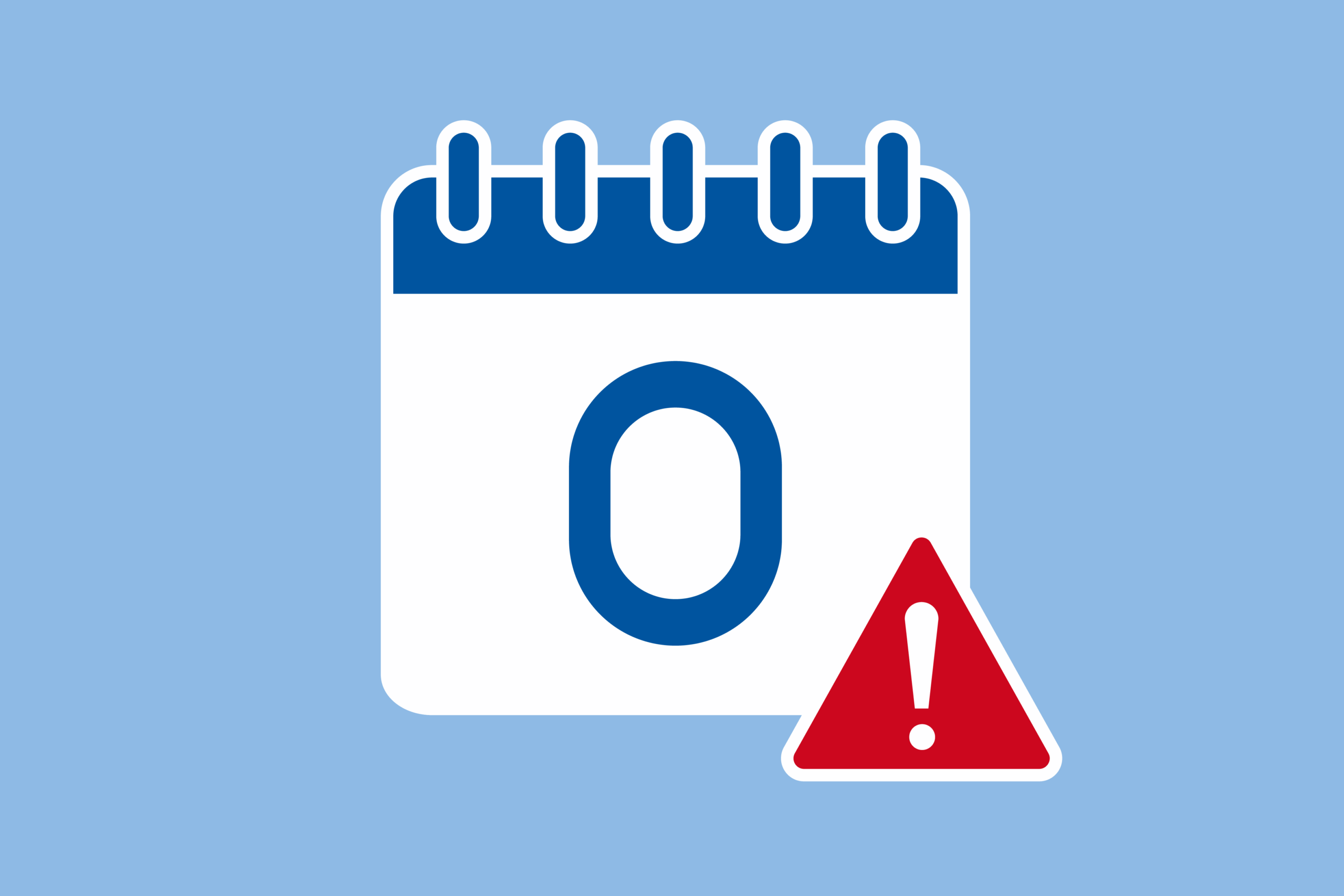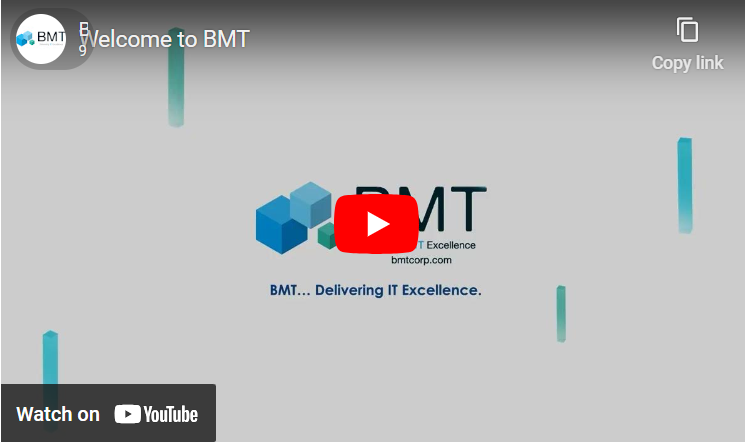Is your team stuck spending hours every month on financial reporting? Manual workflows can quickly become a bottleneck that takes valuable time away from strategic decisions.
Keep reading and learn how financial reporting automation can turn this otherwise tedious task into a seamless experience.
What’s Financial Reporting Automation?
Financial reporting automation simplifies the way you handle data and insights. It uses technology to eliminate repetitive tasks and human errors.
Here’s how a typical automation software works:
- Collects data from multiple sources instantly
- Organizes and analyzes information with high accuracy
- Generates clear, customizable reports
- Updates you with real-time dashboards
Why Automation Is a Game-Changer for Financial Reporting
As your establishment grows, tracking financial activities and performance becomes more challenging. Larger teams, increasing transactions, and expanding data add complexity.
Why risk errors or delays? Automate your workflow sooner rather than later and reap the worthwhile rewards:
- Boost productivity: Automation does the work of multiple people in seconds.
- Improve output accuracy: Even skilled specialists can make the occasional error or have biases. Let finetuned software handle data reconciliation and validation to guarantee consistency and accuracy across every report.
- Make compliance tracking easier: The last thing you want is to miss regulatory deadlines and face penalties. Financial reporting automation helps enforce a standardized approach with internal controls.
- Accelerate decision-making: Organization leaders and team managers need fast, accurate, in-depth insights to guide their choices. Many tools provide real-time data and clear visuals that help you spot trends and patterns easily.
Tips for Smooth Adoption of Automated Financial Reporting Tools
Many businesses rush into automating their operations without proper planning. The end result is usually lackluster or hurts the company in the long run.
Follow these steps to guarantee success:
Set Clear, Measurable Goals
Assess your needs first and identify key areas that would benefit most from this upgrade. Define what success looks like. Is it saving time or reducing errors? Having metrics in place to track progress makes a big difference.
Choose Your Automation Tool Carefully
Invest in software that easily integrates with existing systems and scales as your needs grow. Do your due diligence and check the vendor’s reputation, customer support capabilities, and ability to tailor solutions to your goals.
Look for helpful features, too. Cloud accounting software, for example, enables remote access, improves data security, and eliminates the hassles of server maintenance.
Bridge Skill Gaps With Comprehensive Training
Automation software is powerful, but its impact depends on the people using it. Equip your team with the knowledge to use these tools effectively.
Implement Gradually and Monitor Performance
Roll out your new workflow in phases. We recommend starting with one or two processes and gathering feedback. Assess what’s working and what’s not. Make improvements before expanding to other areas for long-term success.
Unlocking Efficiency for a Competitive Edge
Automated journal entries and a consolidated financial close process make things easier, but that doesn’t mean you can ignore the human element. While financial reporting automation can save time, it’s not a one-size-fits-all solution. Balancing technology with human input is the key to accuracy and reliability.
Questions? Reach out to the BMT Team for a complimentary consult.






Leave A Comment